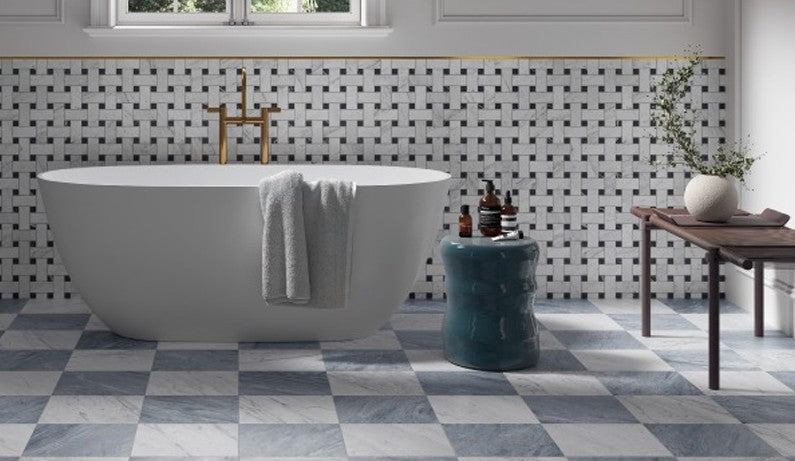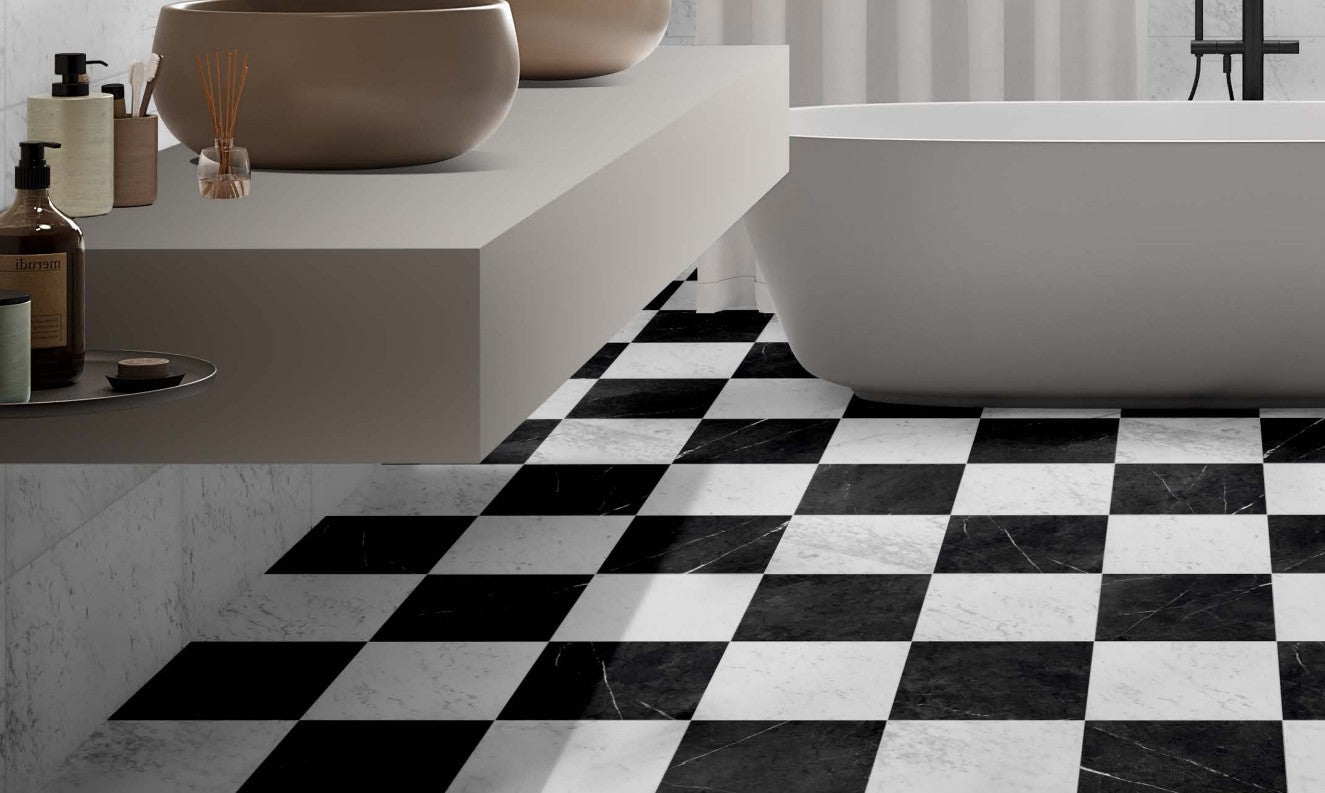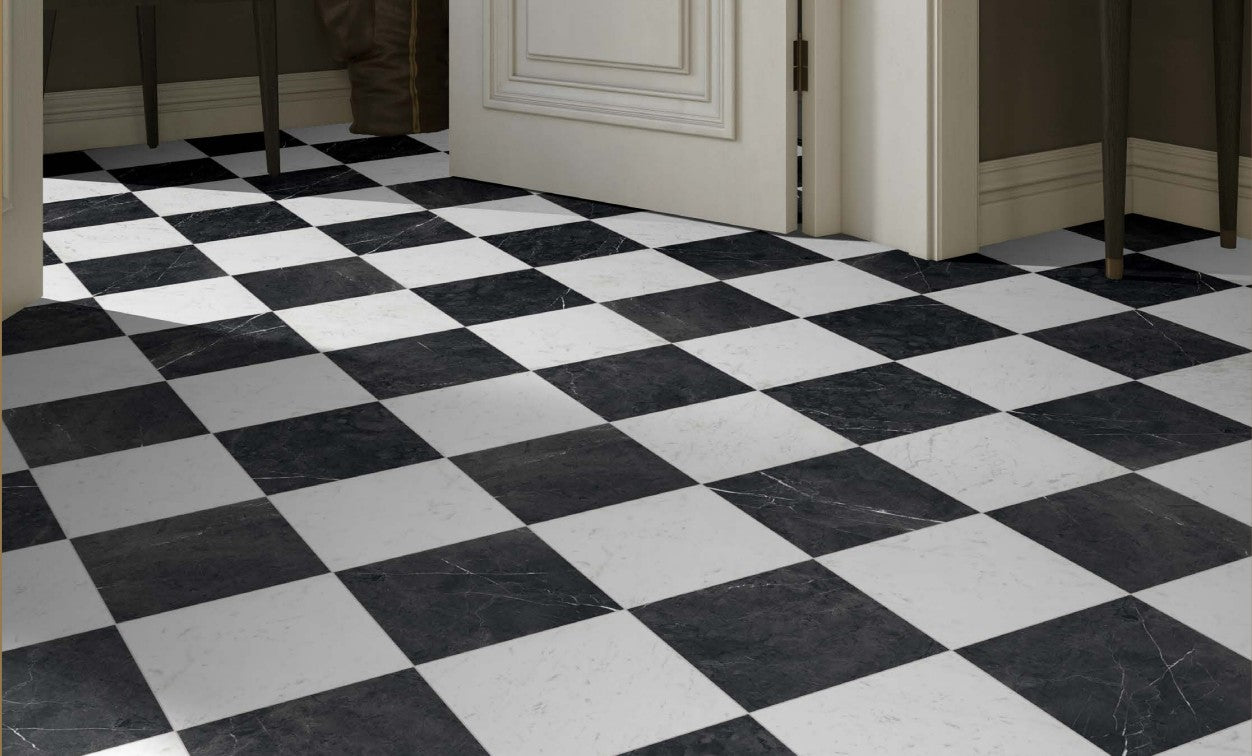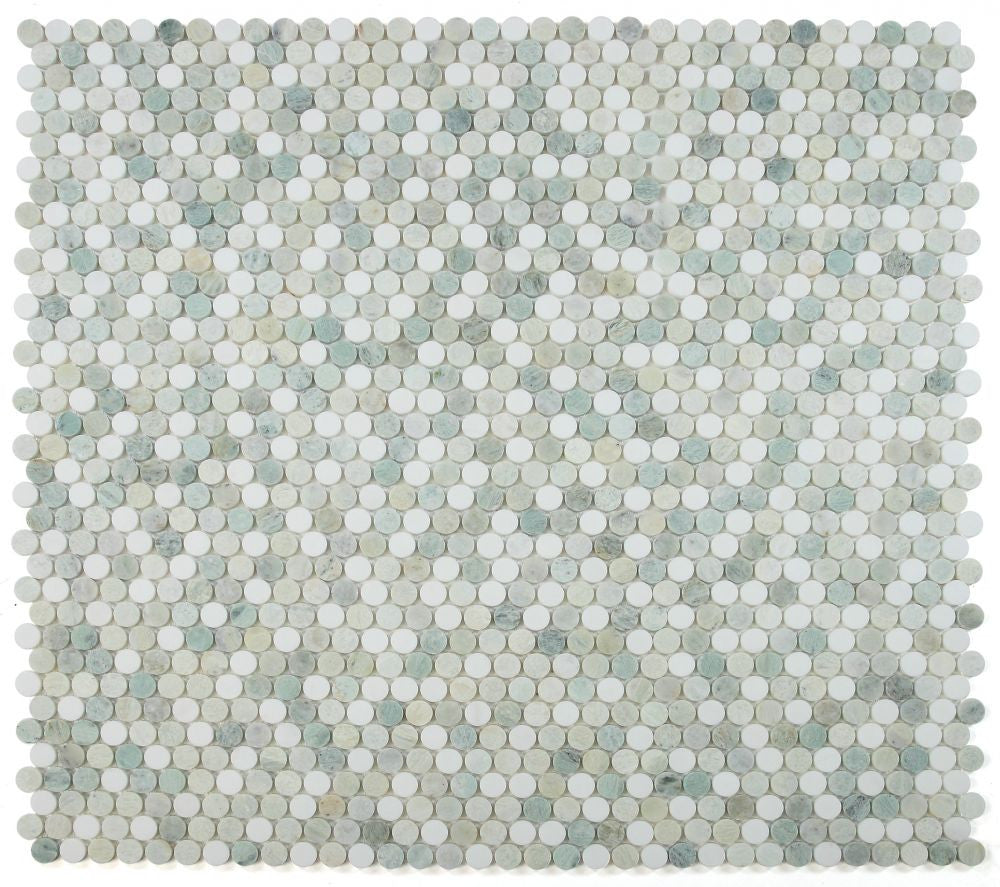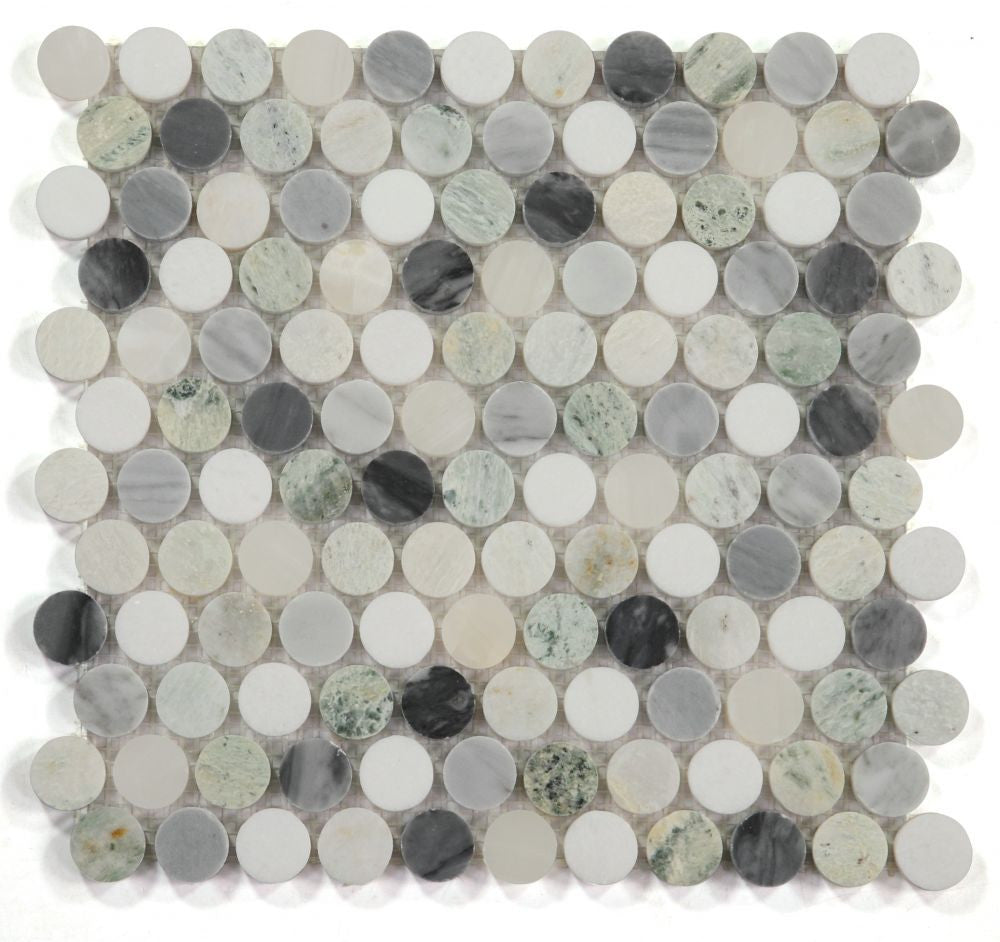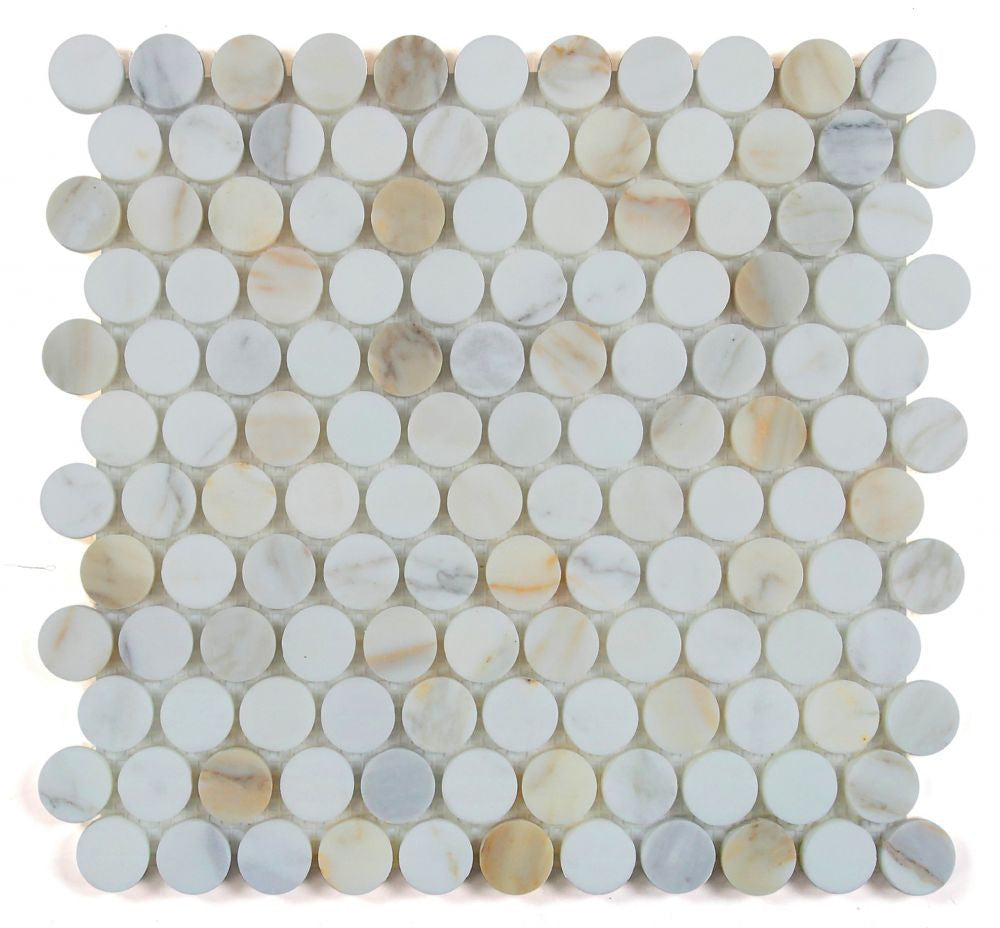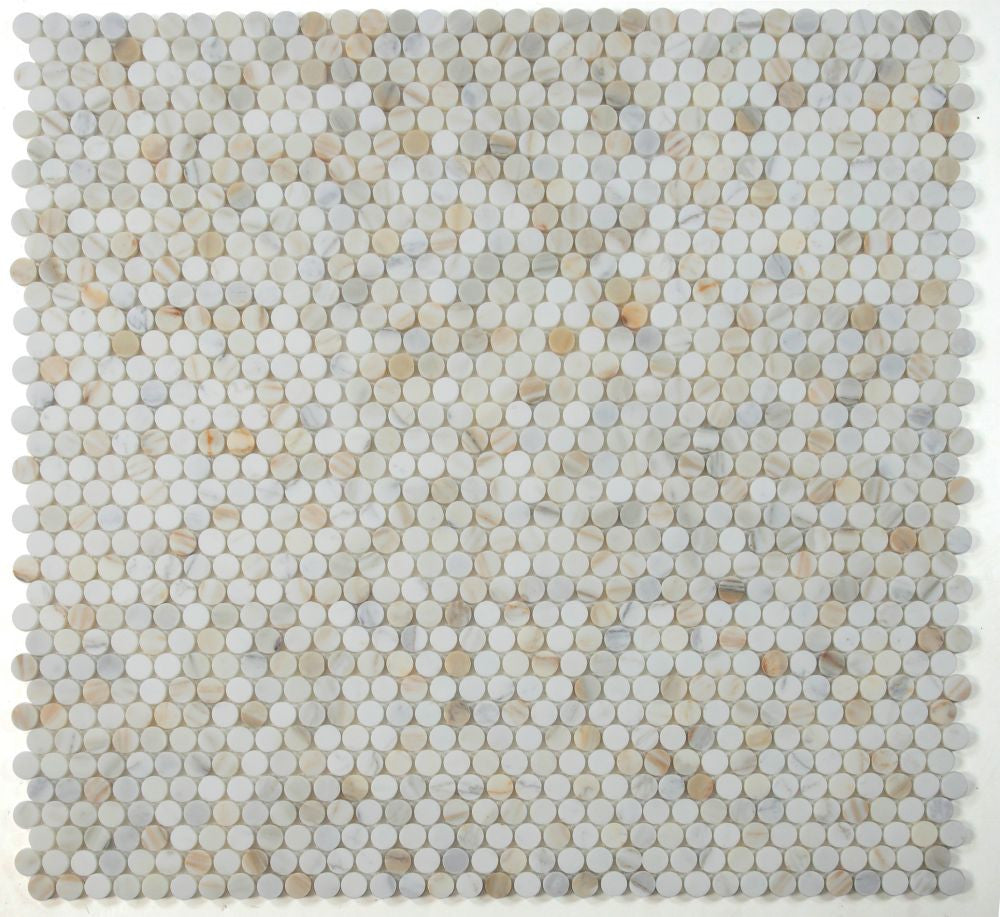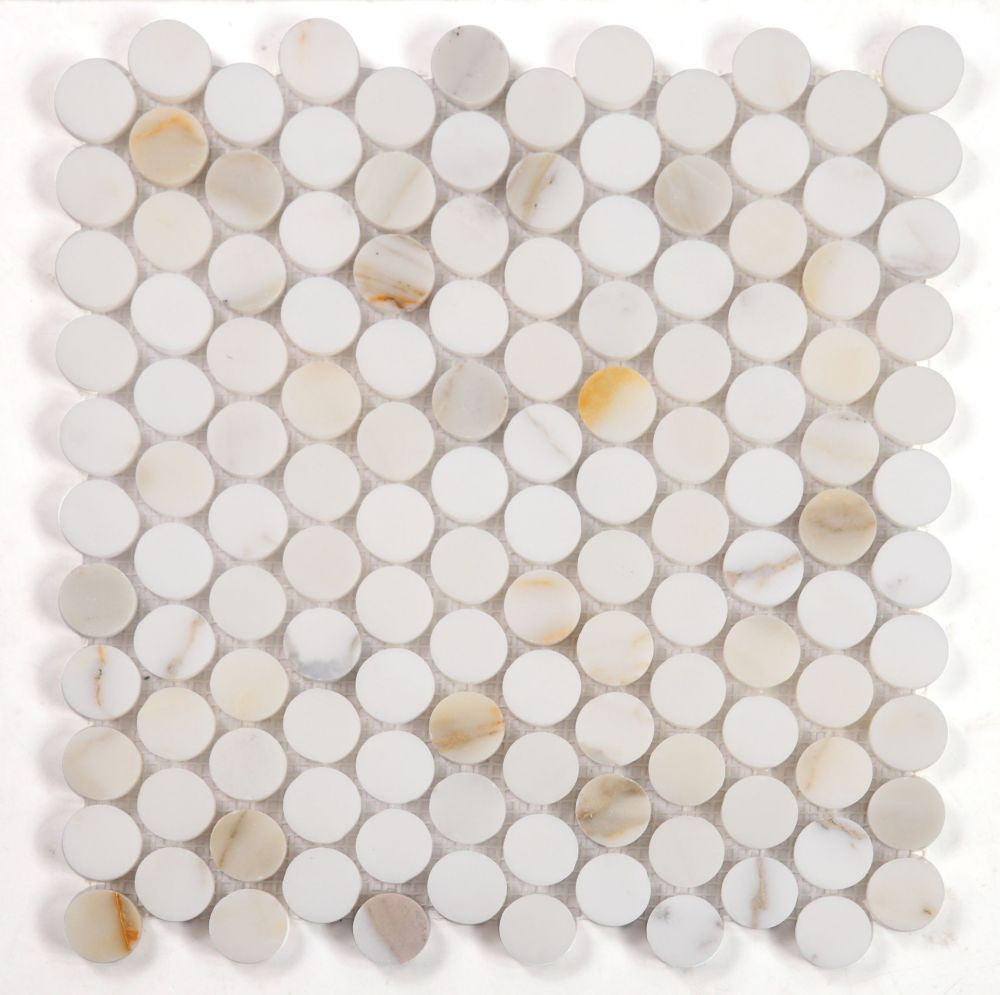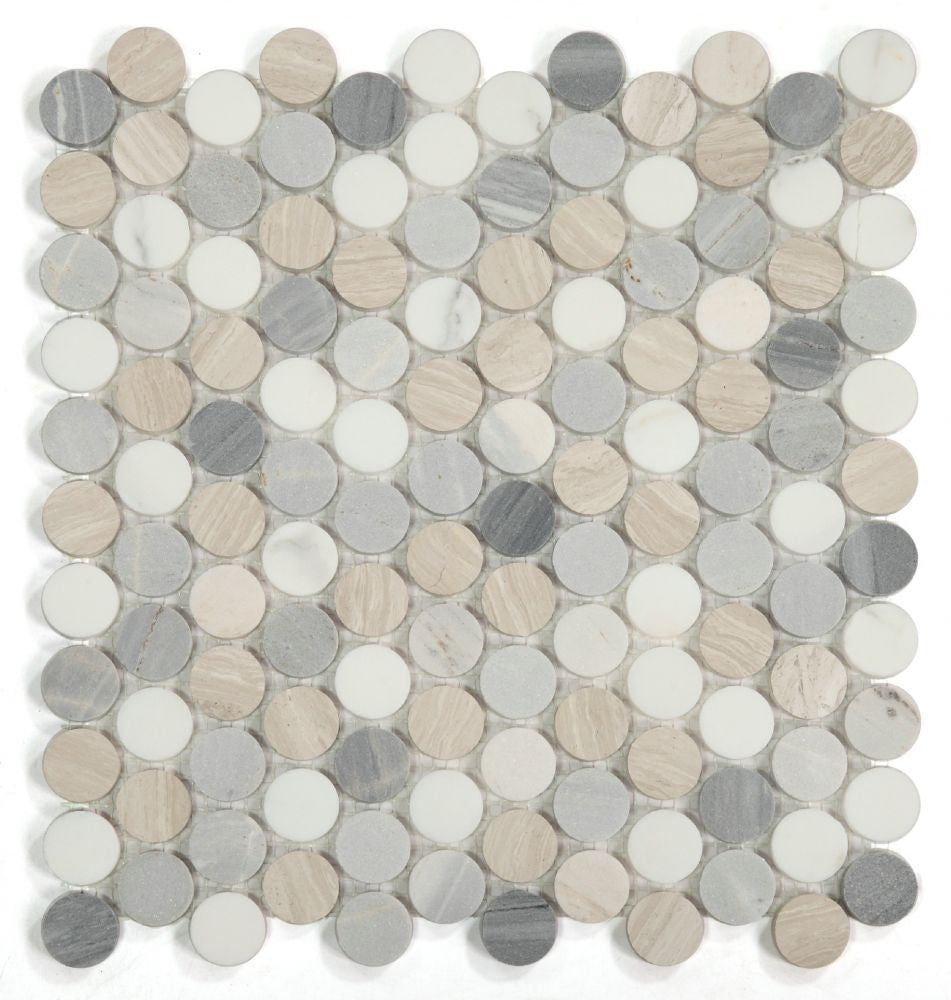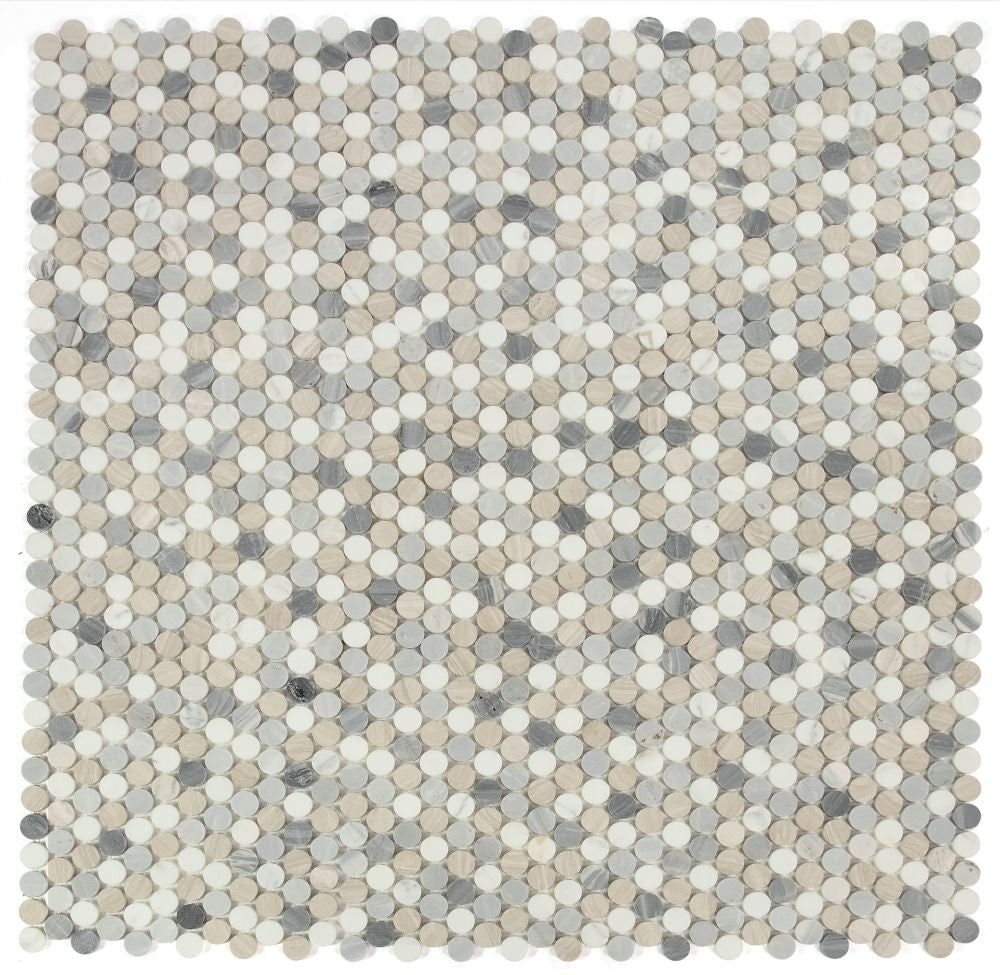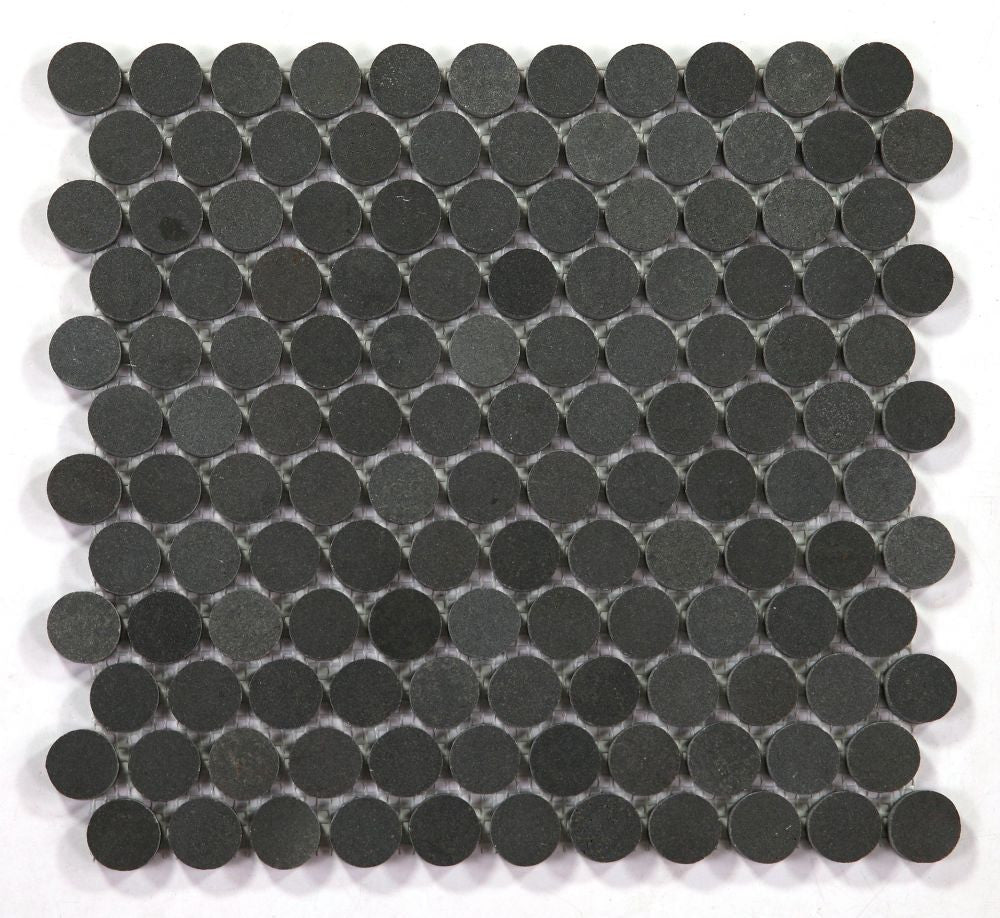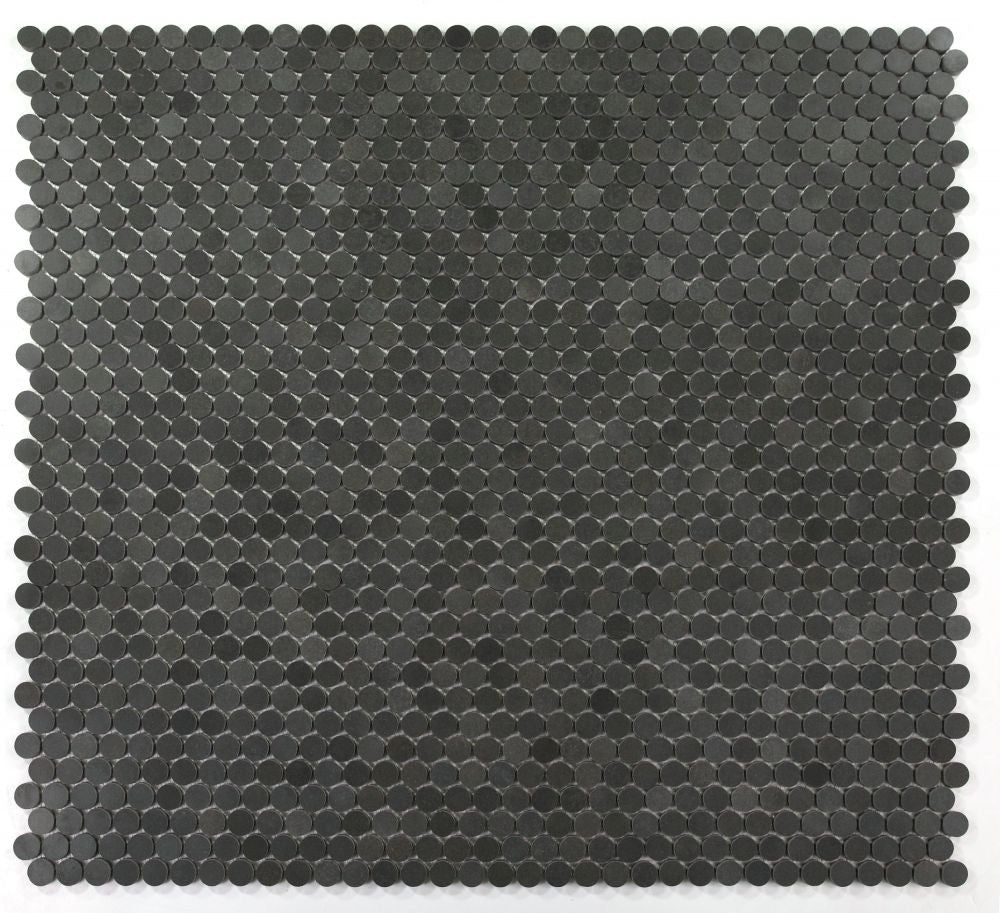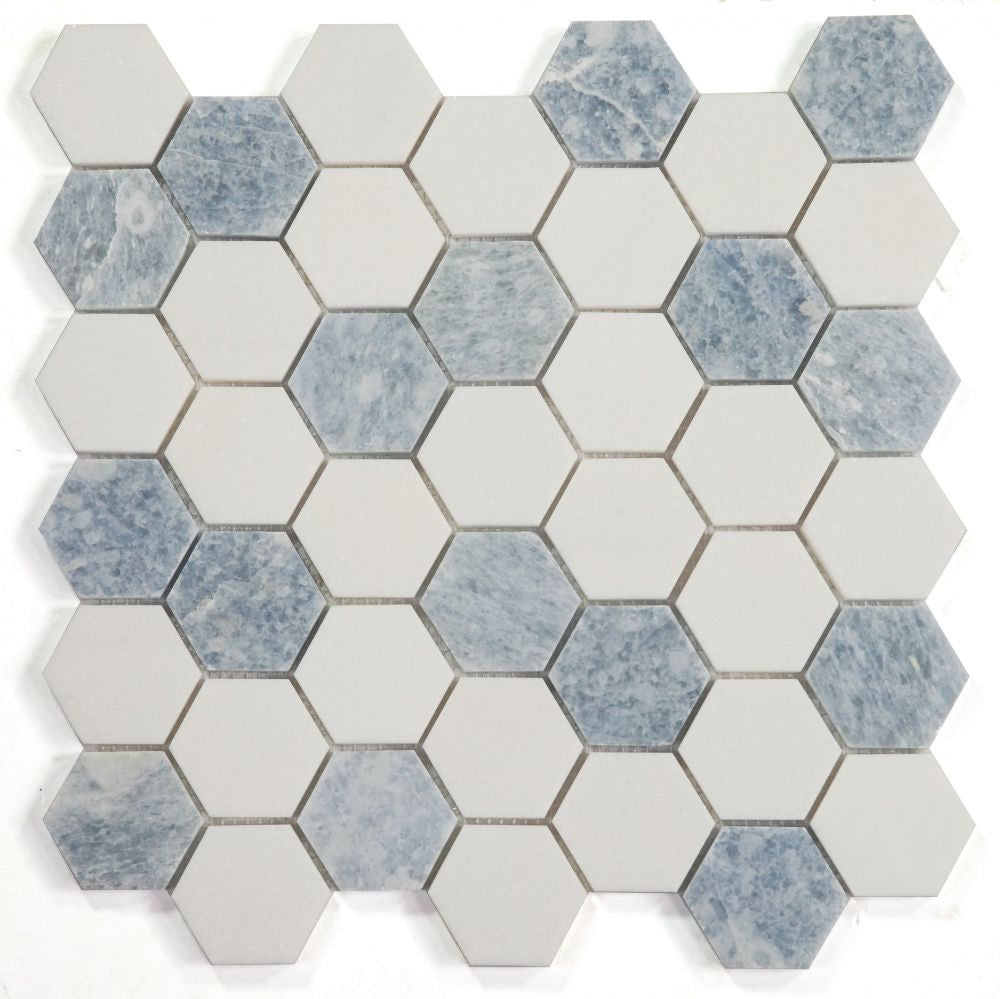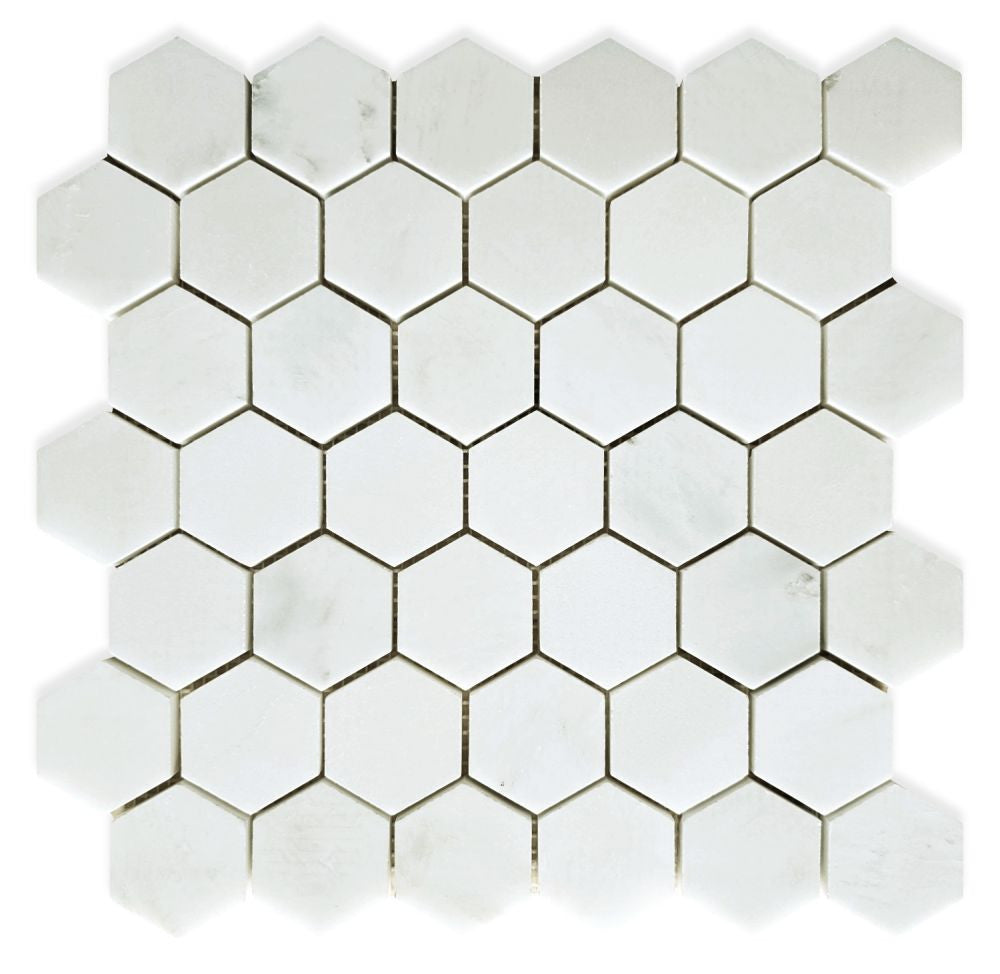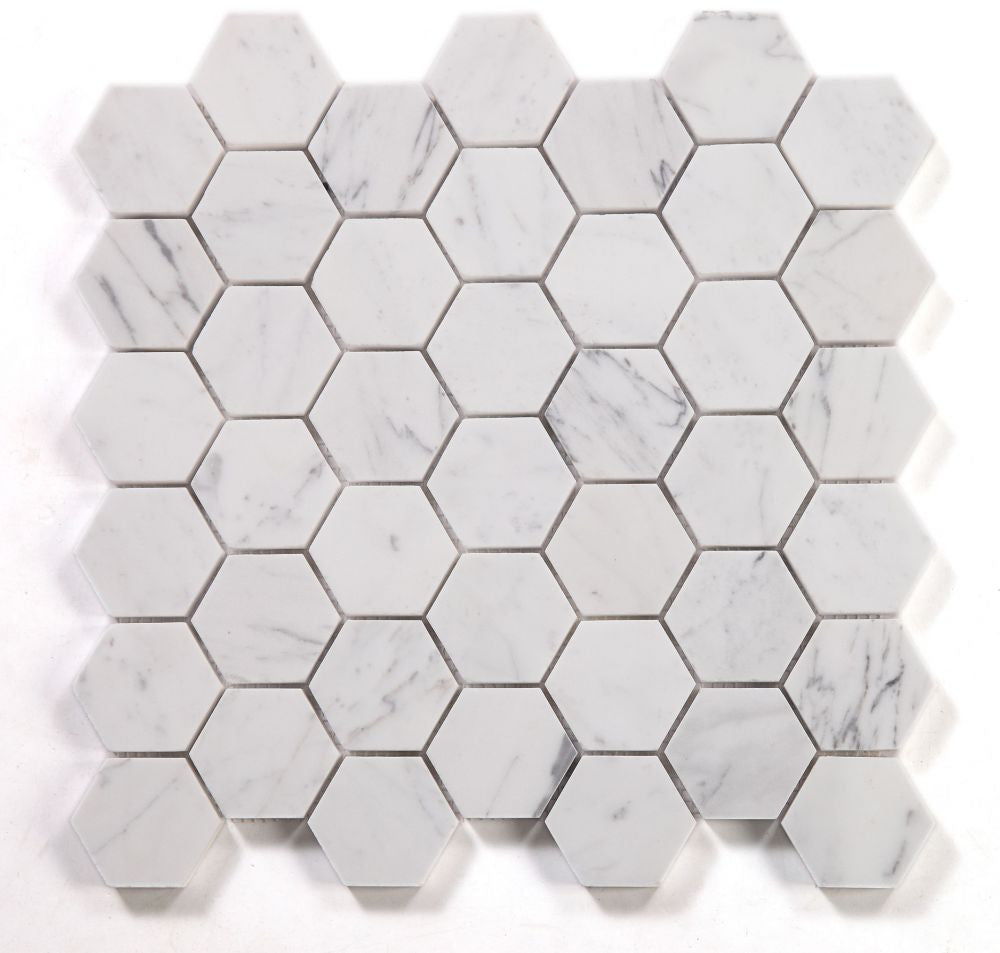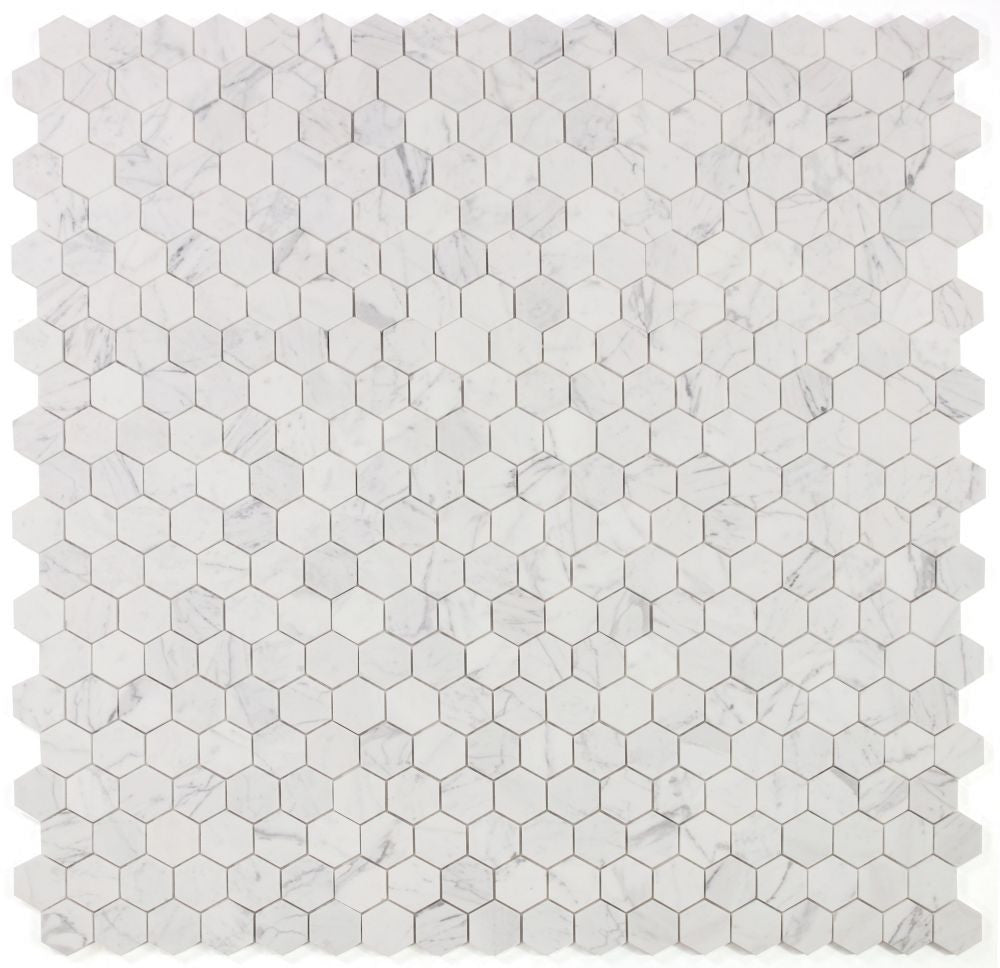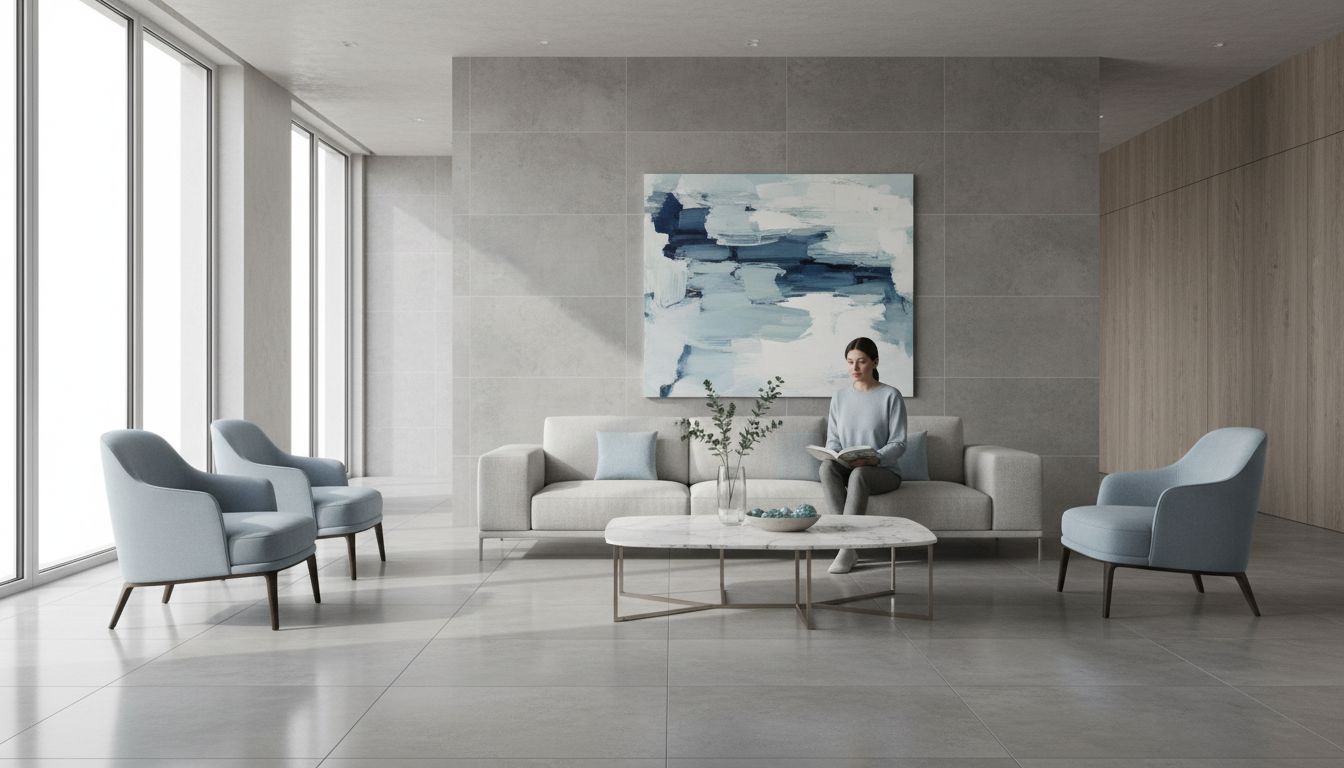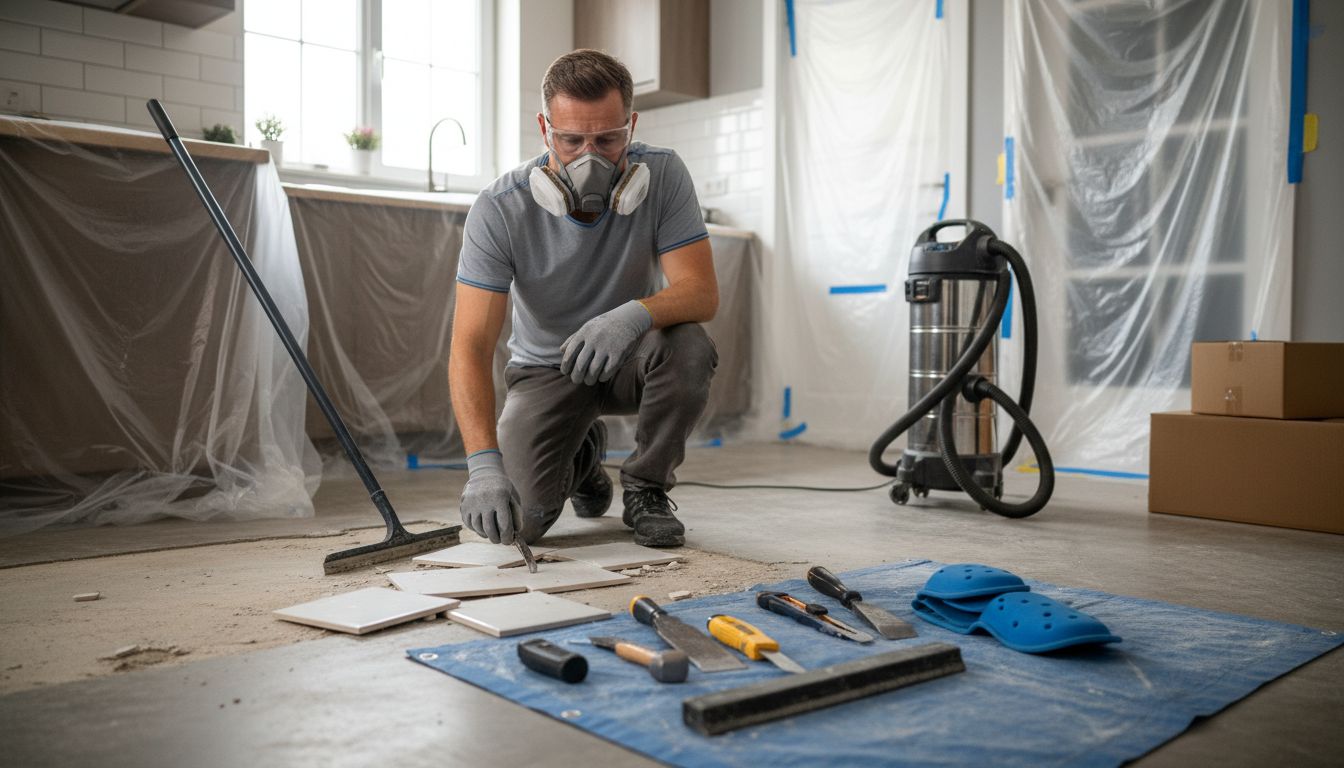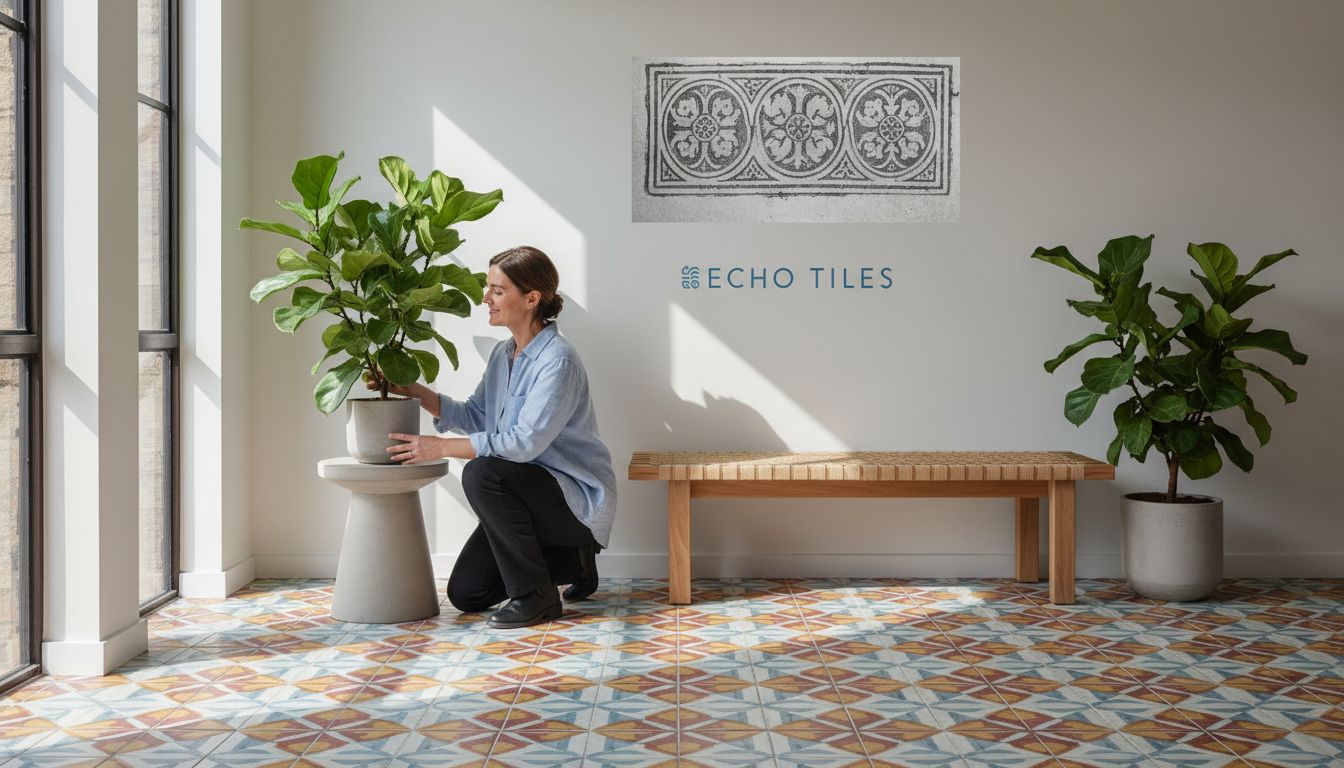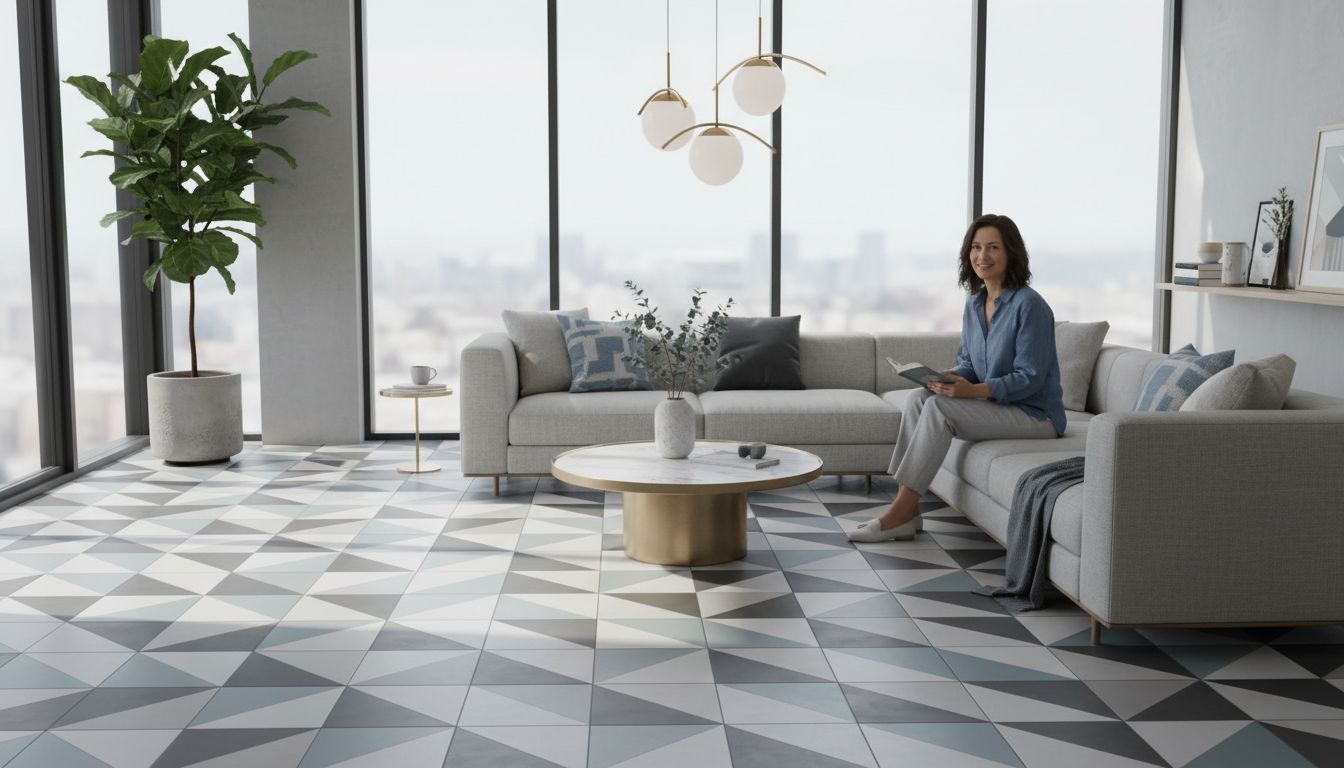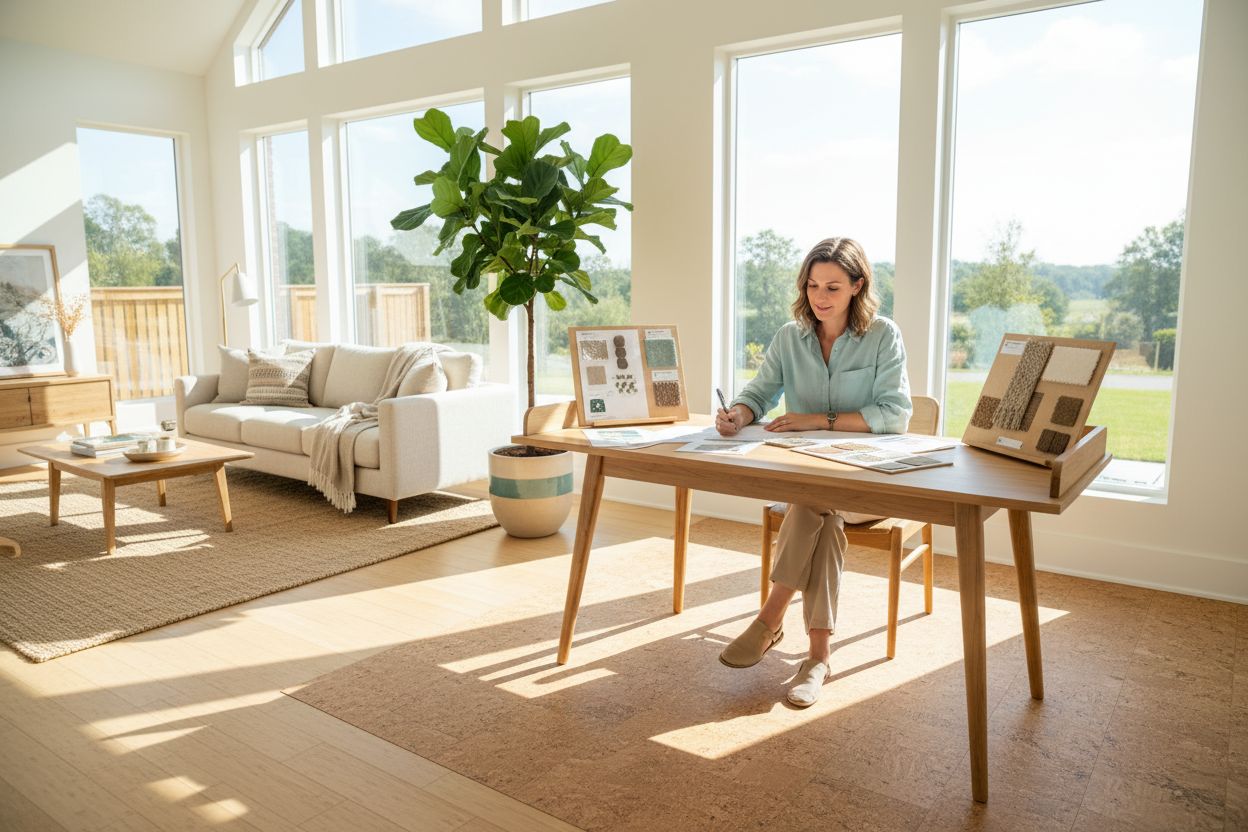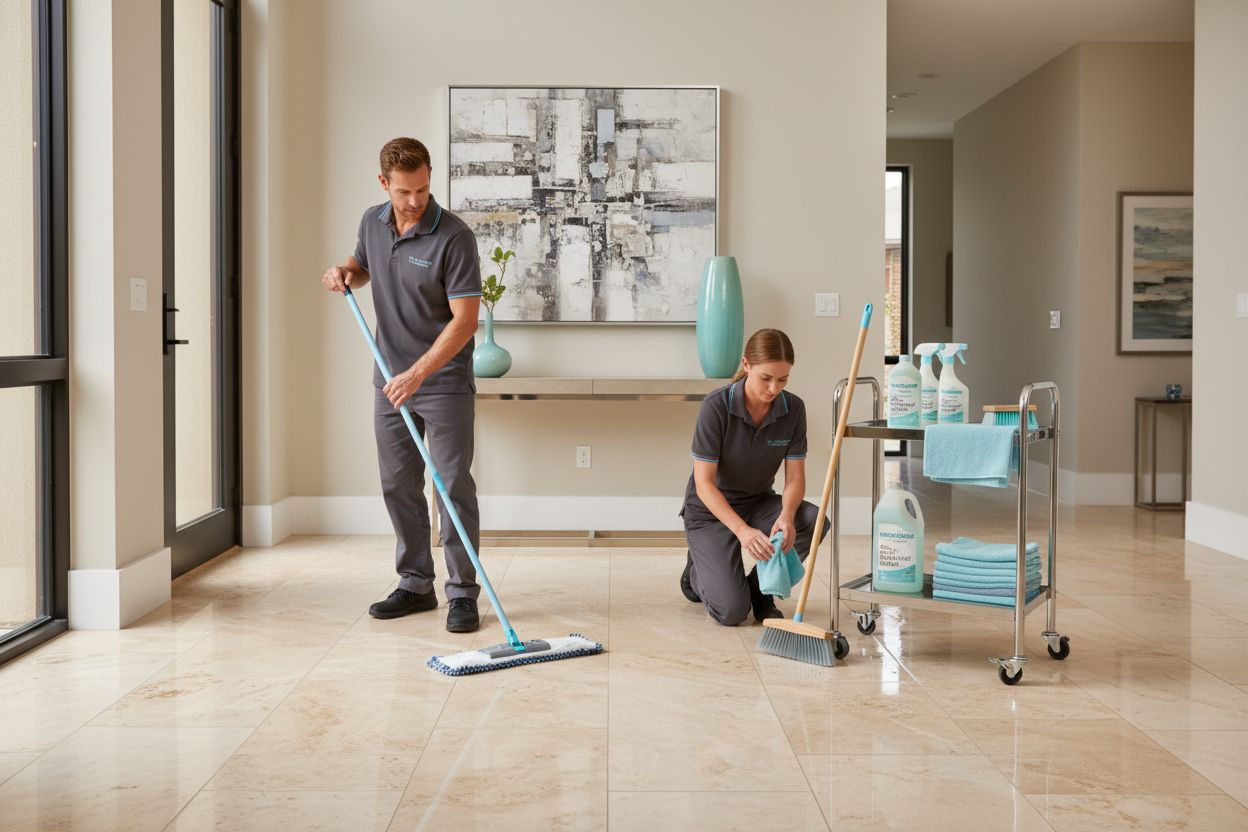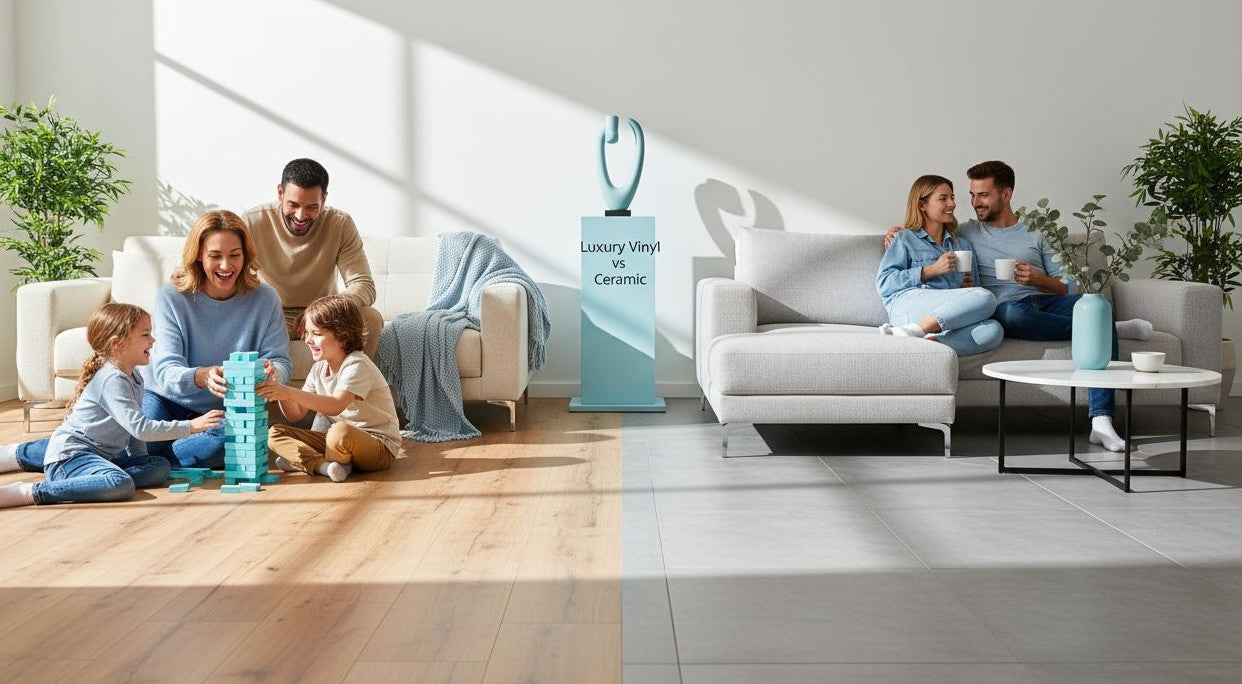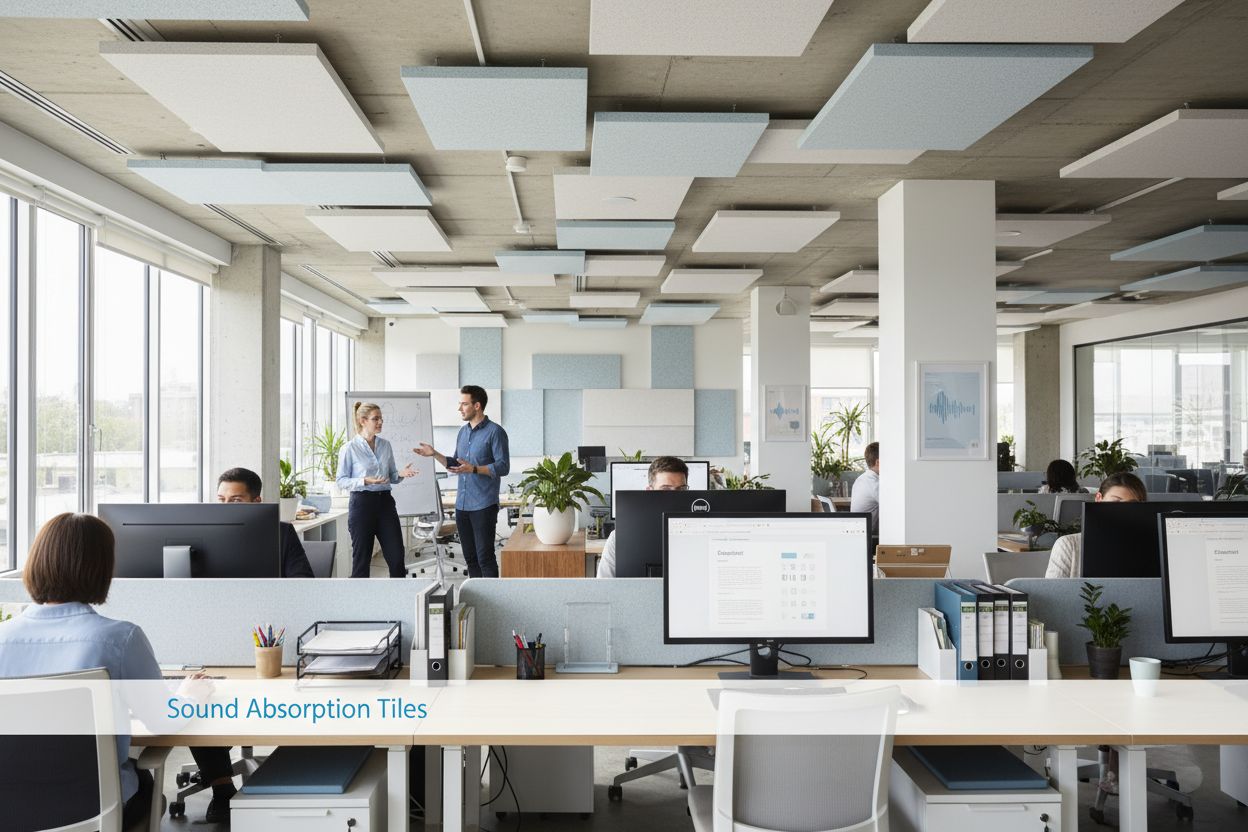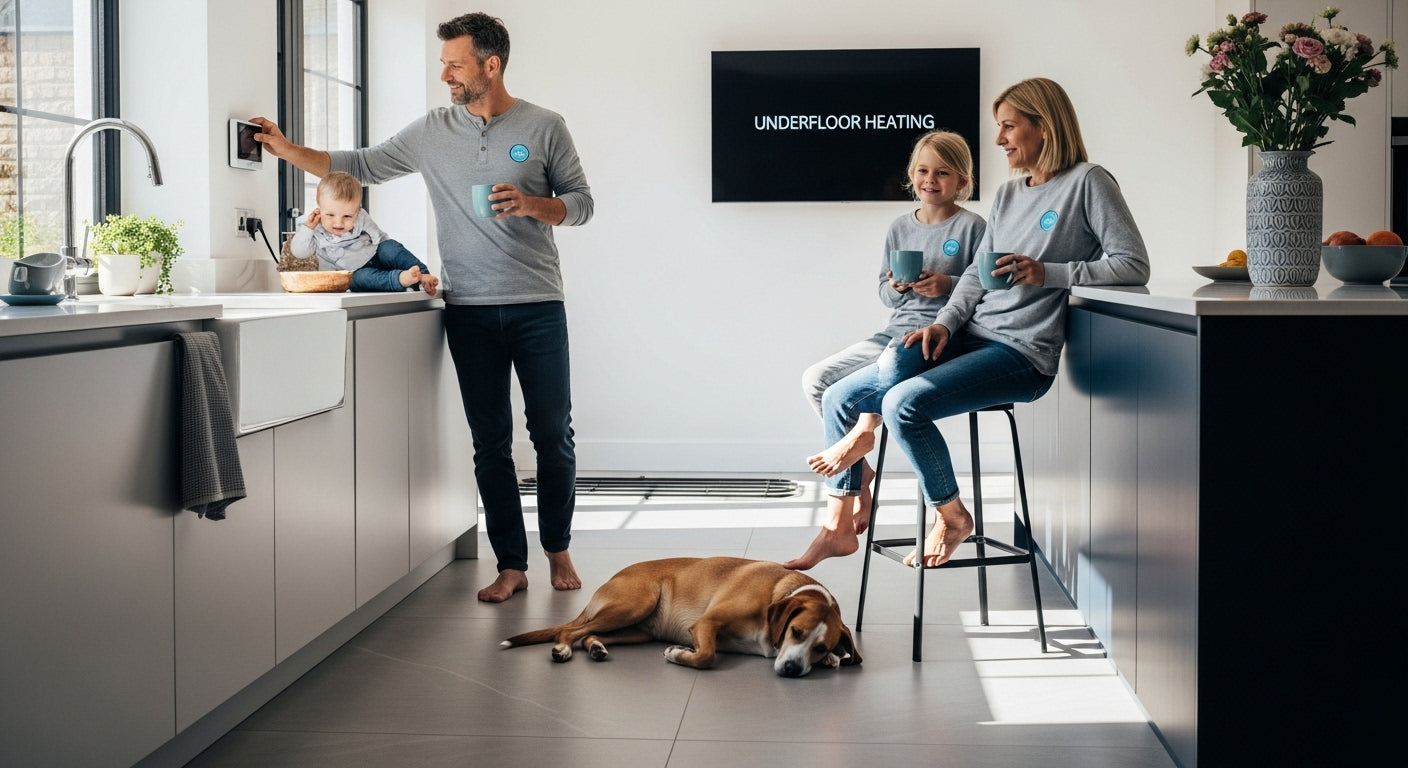Checkerboard floors are a design classic with serious staying power. From chic Parisian cafés to mid-century kitchens and modern minimalist living rooms, this iconic pattern never seems to go out of style. But there’s one detail that can make or break your project — tile size. Choosing the right checkerboard tile size is more than just an aesthetic choice. It impacts how the space feels, how easy the floor is to maintain, and even how large (or small) your room appears.
In this guide, we’ll break down the most common checkerboard tile sizes, explore how different formats affect a room’s look and feel, and share insider tips to help you nail your layout. Whether you’re designing a cozy bathroom or an expansive kitchen, you’ll learn exactly how to pick a size that looks intentional and feels perfectly balanced.
Why Tile Size Matters
When you see a checkerboard floor that feels “just right,” it’s not by accident — it’s because the tile size is in harmony with the room’s proportions. The scale of your tiles affects:
- Visual rhythm: Smaller tiles create a busier pattern, while larger tiles feel calmer and more open.
- Perceived room size: Large-format tiles can make a small room feel bigger; tiny tiles can make large rooms feel more intimate.
- Style impression: Small squares lean vintage and traditional; larger squares feel sleek and contemporary.
Understanding how these factors interact will help you make a choice that’s not just trendy, but timeless.
Common Checkerboard Tile Sizes
Checkerboard floors can be created with almost any square tile, but certain sizes tend to work best:
- Small Format (4"x4" to 8"x8") – Perfect for petite spaces like powder rooms, laundry rooms, or galley kitchens. The smaller scale keeps the pattern proportionate and charming.
- Medium Format (10"x10" to 12"x12") – The most versatile choice, balancing visual interest without overwhelming the space. Works for most kitchens, hallways, and dining rooms.
- Large Format (16"x16" and up) – Ideal for open floor plans, grand foyers, or large dining spaces. Large tiles create an airy, expansive look and minimize grout lines.
Matching Tile Size to Your Room
1. Measure First, Design Second
Start with accurate room measurements. Knowing the exact length and width will help you see how many tiles you’ll need and where cuts will fall. Avoid ending up with thin slivers of tile along the edges, as they can disrupt the symmetry.
2. Consider the Viewing Distance
In a large open-plan space, your floor will often be seen from a distance — large tiles read better here. In a smaller, enclosed room, you’ll mostly view the floor up close, so smaller tiles feel more balanced.
3. Choose the Mood You Want
- Small tiles: Traditional, quaint, or retro-inspired spaces.
- Medium tiles: Transitional and versatile — safe for nearly any style.
- Large tiles: Minimalist, modern, and bold.
4. Don’t Forget Layout Options
Checkerboard floors can be laid straight (aligned with the walls) or on the diagonal (at a 45° angle). A diagonal layout can make a small room feel larger and soften the grid effect.
How Tile Size Affects Style
Small-Format Checkerboard
Think classic diner floors or vintage bathrooms. Small tiles create a tight, rhythmic pattern that feels nostalgic and detailed. They pair beautifully with clawfoot tubs, retro appliances, or cottage-style kitchens.
Medium-Format Checkerboard
The crowd-pleaser. 12"x12" tiles are easy to source, affordable, and adaptable to most spaces. They offer enough pattern to be interesting without overwhelming.
Large-Format Checkerboard
Bold, dramatic, and surprisingly modern. 18"x18" or larger tiles work best in open areas where you can see the full sweep of the pattern. Fewer grout lines make them easier to clean and maintain.
Designer Tips for Perfect Proportion
- Test with painter’s tape: Mark tile outlines on your floor to visualize scale before you commit.
- Factor in grout lines: Wider grout can make tiles look smaller; narrow grout keeps the pattern crisp.
- Match tile to room features: In a kitchen, consider cabinet size and island placement when choosing tile scale.
- Play with color contrast: High contrast (black and white) is striking, but low contrast (cream and beige) can be softer and more subtle.
Case Studies
Small Bathroom, 6"x6" Tiles
In a tight space, smaller tiles prevent the checkerboard from feeling oversized. Combined with white subway wall tiles and brass fixtures, the result is timeless and charming.
Open Kitchen, 18"x18" Tiles
Here, large tiles emphasize the spaciousness of the room. Laid on the diagonal, they draw the eye outward, enhancing the sense of flow between kitchen and dining areas.
Historic Entryway, 12"x12" Tiles
Medium tiles keep the traditional checkerboard look while still fitting the large scale of the space. A border tile frames the pattern for a polished finish.
Installation Considerations
Choosing the right size is only half the equation — proper installation matters too. Always start the layout from the center of the room and work outward to ensure symmetry. If your tiles don’t fit evenly, consider adding a border or transitioning to a different pattern at the edges.
Maintenance Tips
- Seal natural stone tiles before grouting to prevent staining.
- Use a neutral pH cleaner to avoid damaging finishes.
- Clean grout regularly to keep the pattern crisp.
Final Thoughts
The beauty of a checkerboard floor lies in its balance — of color, of geometry, and of proportion. By selecting the right tile size for your space, you create a design that feels intentional, timeless, and uniquely yours. Whether you opt for tiny squares in a cozy bathroom or expansive tiles in a grand kitchen, getting the scale right will ensure your checkerboard stands the test of time.

